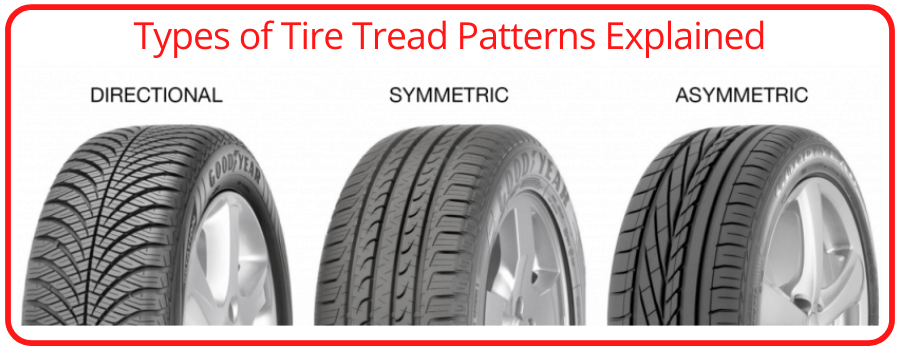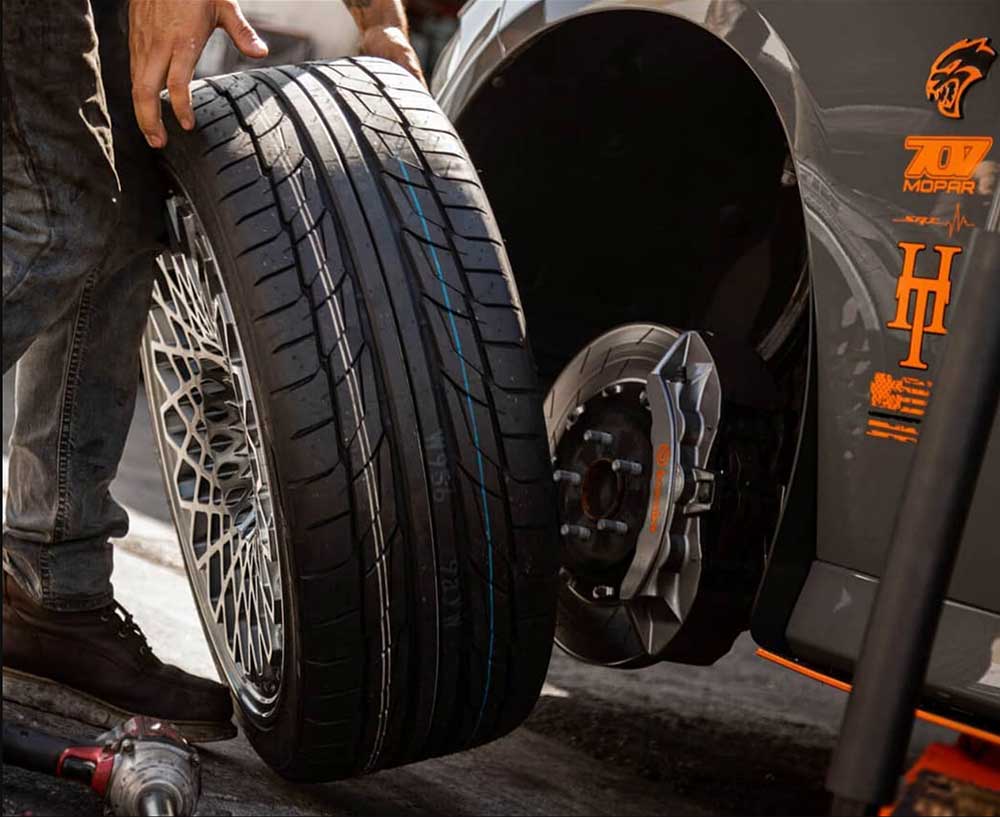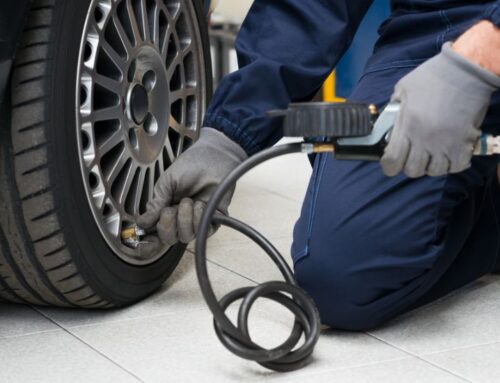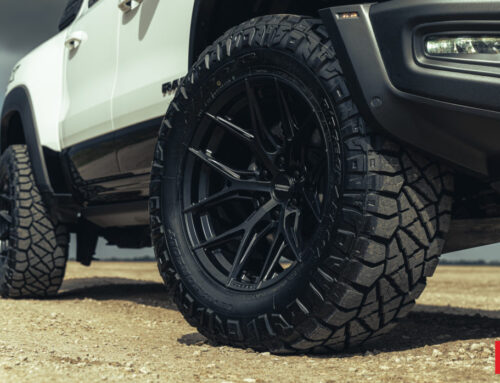It is important to understand tire tread types before you buy a tire. There are four different tire treads: directional, symmetrical, asymmetrical, and directional/asymmetrical. This article will explain the benefits of each tire type so that you can make an informed decision on which one to purchase.
The Four Types of Tire Tread Patterns Explained
Directional Tires (unidirectional)
tire treads are made to rotate in one direction. They offer excellent grip and handling capabilities, but can be slippery on wet roads because they cannot expel water as well due to the tire not being able to displace it from left or right. These tire treads engage best when you need them most – during acceleration and hard cornering maneuvers.
Symmetric Tread Patterns
Symmetrical tire treads are the most popular tire type on today’s market. They provide excellent wet and dry road performance, as well as a long tire life – due to their uniform tire wear pattern. These tires can be mounted either way depending on your preference for left or right-hand drive vehicles.
Asymmetric Pattern
Asymmetric tire treads have tread blocks that are different on the left and right tire. These tires provide superior traction throughout their life, but they do not perform well in wet conditions because of water dispersion problems due to unbalanced tire wear patterns.
Directional/Asymmetric
Directional/Asymmetric tire treads have unique tread block designs on both sides of the tire so it can rotate in either direction depending on the tire rotation pattern. These tires are excellent performers in terms of handling and traction, but they do not have the same longevity as symmetric tire treads due to their unbalanced tire wear patterns.

What Tire Tread Is The Best?
The tire tread type you choose depends on the individual driver’s needs. If you need tires that can handle wet roads with ease, then directional tire treads are ideal for your vehicle because they provide drivers with an excellent sense of control in their steering and braking maneuvers.
Is It Safe to Have a Different Tire Tread Pattern on the Front and Back Wheels?
It is not advised to have tire tread patterns that are different on the front and back wheels because it can cause your car to pull in one direction. If you need traction, go with symmetric tire treads. And if you want a tire that will last for many miles, choose asymmetrical or directional/asymmetrical tires.
Can I Use Different Tread Patterns On The Same Axle?
Do not do that mixing different tread patterns across the same axle is not safe and it can cause wear and noise problems.
What Is Good Tire Tread Depth?
A tire with at least 12/32″ of tire tread depth is good. If you can see the pattern, your tire has worn down to about half its life expectancy. This means it’s time for new tires! A tire needs to have a minimum legal amount of tire tread so that they are not considered “impermissible,” which can seriously damage your tire treads’ ability to grip the road.
What Is The Difference Between Tire Type And Tire Pattern?
Tire types refer to how you use a tire, while tire patterns are specific designs that identify what kind of vehicle it was made for (sedan, SUV, sports cars, etc.). Refer to the most common tread patterns above for a full explanation and the differences.
How Do I Know If My Tire Tread Is Good?
If the tire is worn out, then there will be a ridge on each side of the tire from where its been in contact with the road. The best way to check for this is by using a penny – place Abraham Lincoln’s head into one of your tire grooves and see if you can still see his entire head. If the tire tread is worn enough to expose part of Lincoln’s hair, then it’s time for new tires!
How Deep Should Tire Tread Be?
A tire needs to have a minimum legal amount of tire tread so that they are not considered “impermissible,” which can seriously damage your tire’s ability to grip the road.
Does The Pattern Affect Vehicle Performance?
Yes, it affects how well you get traction and control when steering and braking.
What Tire Tread Type Is Best For Winter Driving?
Directional patterns are the best tire types for winter conditions because they provide drivers with a better sense of control in their steering and breaking maneuvers. They also have excellent wet road grip due to water dispersion problems caused by unbalanced tire wear patterns that cause excessive tire wear.
What Tread Type Is Best For Off-Roading?
Directional tire patterns are the best tire types for winter conditions because they provide drivers with a better sense of control in their steering and braking maneuvers. They also have excellent wet road grip due to water dispersion problems caused by unbalanced tire wear patterns that cause excessive tire wear.
Which Pattern Provides Better Traction In Wet Conditions?
Symmetric tire patterns provide excellent wet road performance because they expel water well due to their uniform tire wear patterns.
What Options Are Available For My Car?
Different tire brands offer different tire types, all of which can be found at your nearest auto tires store. If you need help deciding the best tire tread pattern for your vehicle, speak with a knowledgeable salesperson at Miami Power Wheels to make sure that it is safe and legal for your unique tire needs.
Conclusion
We hope this article has helped you understand the different types of tire treads and common questions. If you are in the market for a new set of wheels please contact us for a quote or schedule an appointment with one of our experts. You can also check out some of the things we offer on our website!






